When it comes to motorcycles, handlebars play a crucial role in providing control, comfort, and style to riders.
The type of handlebar you choose can greatly impact your riding experience, whether you’re navigating winding mountain roads on a sportbike or cruising along scenic highways on a touring motorcycle.
In this article, we will explore the various types of motorcycle handlebars and their unique characteristics.
What Are Motorcycle Handlebars?
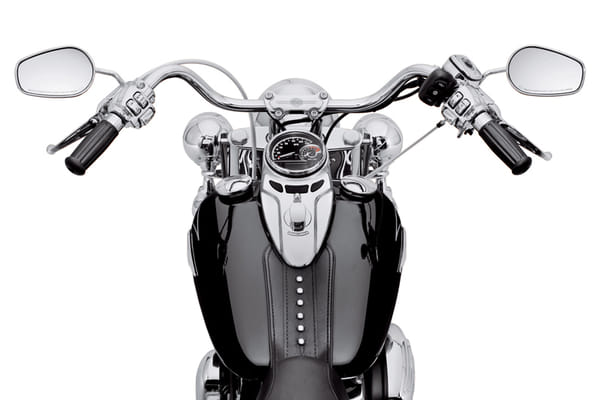
Motorcycle handlebars serve as the primary interface between a rider and their machine.
They are connected to the front fork of the motorcycle and enable riders to steer, maintain balance, and control the throttle, clutch, and brakes.
Handlebars also provide support for other essential components such as the instrument cluster, mirrors, and hand controls.
Types of Motorcycle Handlebars
1. Sportbike Handlebars

Sportbike handlebars are specifically designed for aggressive riding positions that prioritize aerodynamics and precise control.
These handlebars are typically low, narrow, and angled forward, allowing riders to assume a tucked-in position and reduce wind resistance.
They offer a more aggressive riding posture that is well-suited for high-speed cornering and track-focused motorcycles.
2. Cruiser Handlebars
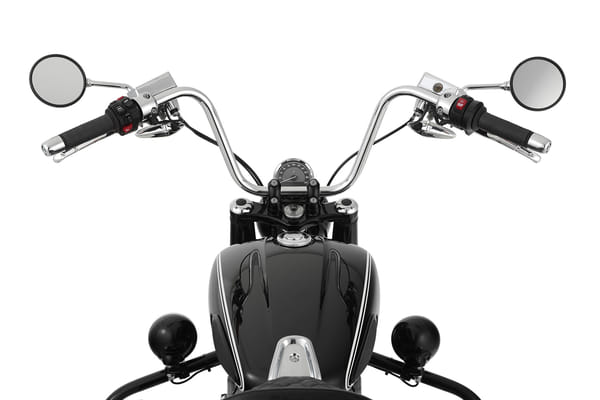
Cruiser handlebars, often referred to as “ape hangers,” are commonly associated with classic American motorcycles.
These handlebars are tall, wide, and provide a relaxed, upright riding position. Ape hangers offer a comfortable and laid-back riding experience, making them ideal for long-distance cruising and leisurely rides.
3. Touring Handlebars
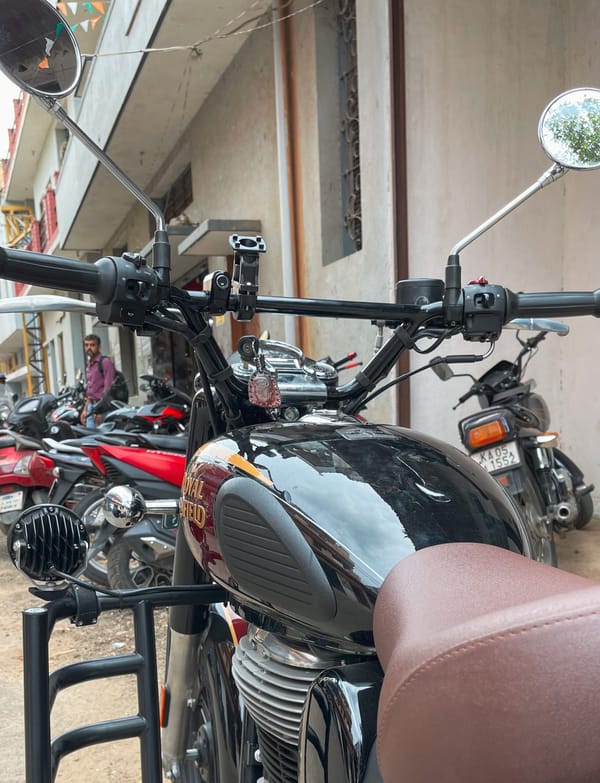
Touring handlebars are designed with comfort and long-distance riding in mind.
These handlebars are typically wider and taller than sportbike handlebars, allowing for an upright seating position and improved weight distribution.
Touring handlebars often incorporate additional features such as heated grips, adjustable controls, and wind deflectors to enhance rider comfort and convenience.
4. Motocross Handlebars
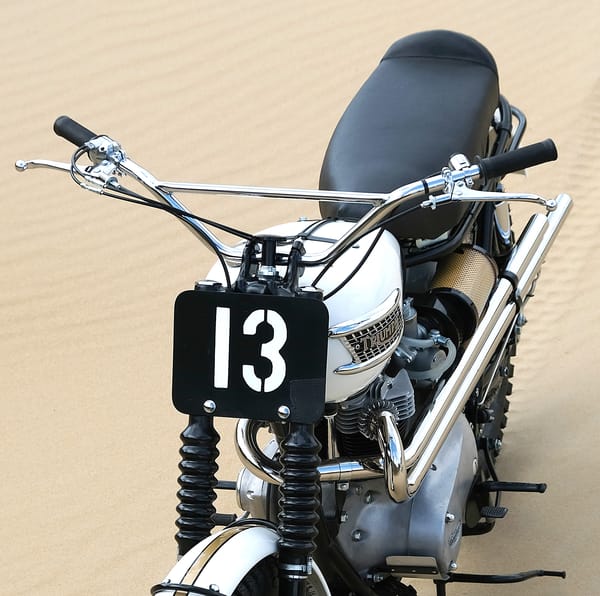
Motocross handlebars are specifically tailored for off-road riding and motocross competitions.
These handlebars are characterized by their extra width and the presence of a crossbar that adds rigidity to withstand the rigors of off-road riding.
Motocross handlebars offer various bends and heights to accommodate different riding preferences and techniques.
5. Drag Bars
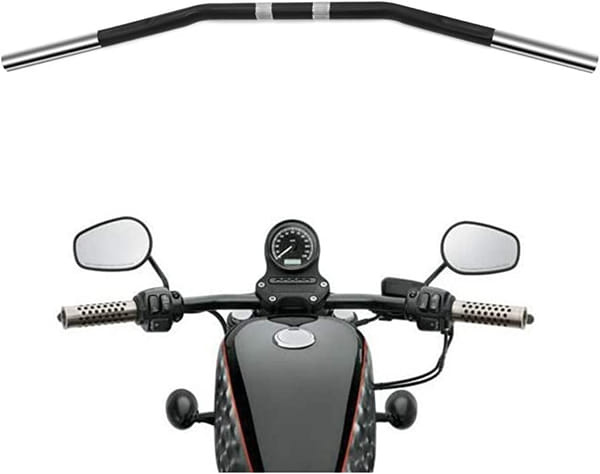
Drag bars are commonly found on custom and drag racing motorcycles. These handlebars are sleek, straight, and positioned low to minimize wind resistance.
Drag bars provide a forward-leaning riding posture that is ideal for high-speed runs in a straight line. However, they may sacrifice maneuverability and comfort in exchange for a more aggressive aesthetic.
Additional Considerations
1. MTB Handlebar Types

Although primarily associated with bicycles, MTB (mountain bike) handlebars have gained popularity in the motorcycle world, particularly in the adventure and dual-sport segments.
These handlebars offer a wide range of widths, rises, and bends, allowing riders to fine-tune their riding position for optimal control and comfort in various terrains.
2. Motorcycle Handlebar Extensions
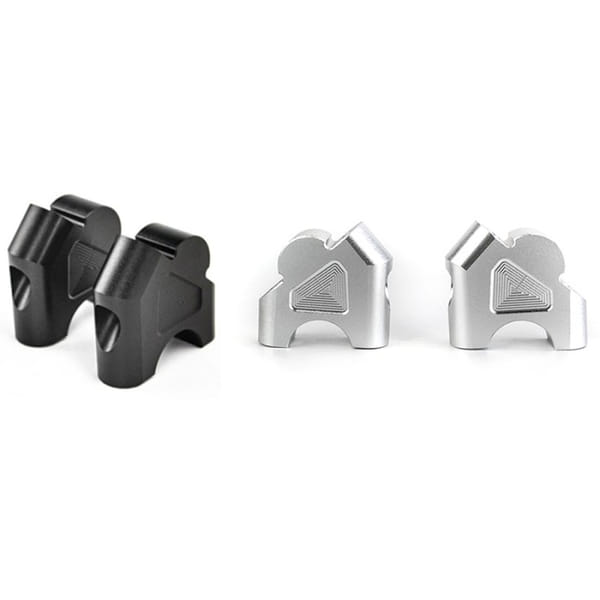
Some riders opt to install handlebar extensions to modify the position and ergonomics of their handlebars.
These extensions can alter the height, pullback, or width of the handlebars to suit individual preferences.
It is important to adhere to local regulations and guidelines regarding handlebar modifications, as there may be legal restrictions in certain jurisdictions.
3. Motorcycle Handlebar Laws
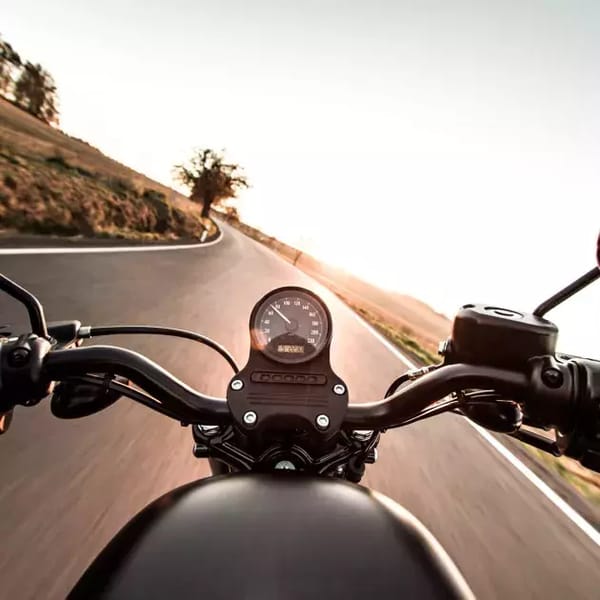
It is crucial for riders to familiarize themselves with the motorcycle handlebar laws in their respective regions.
Some areas have specific regulations governing handlebar height, width, and modifications.
Complying with these laws ensures both rider safety and adherence to local regulations.
FAQ
How to Choose a Motorcycle Grip?
When choosing a motorcycle grip, consider material, size, texture, ergonomics, vibration damping, style, weather resistance, grip thickness, brand, and reviews.
Prioritize comfort and control, and test out different options if possible.
Do Motorcycle Grips Make a Difference?
Yes, motorcycle grips can make a significant difference in comfort, control, vibration reduction, handling, and safety.
Choosing the right grips that fit your hand size and preferences can enhance your overall riding experience.
Are Motorcycle Grips Worth It?
Yes, motorcycle grips are definitely worth it. They offer several benefits that enhance your riding experience, such as increased comfort, improved control, reduced vibration, better handling, and enhanced safety.
Investing in quality grips that suit your preferences and riding style is a worthwhile decision that can significantly improve your overall enjoyment and confidence on the road.
Motorcycle handlebars come in various types and styles, each serving a specific purpose and catering to different riding preferences.
Whether seeking a sporty and aggressive riding stance, a relaxed and comfortable cruising position, or specialized off-road capabilities, choosing the right handlebars can significantly enhance the overall riding experience.
It is essential for riders to consider their individual needs and preferences, while also adhering to any relevant laws and regulations governing motorcycle handlebars.
Originally posted 2023-07-07 04:50:56.
